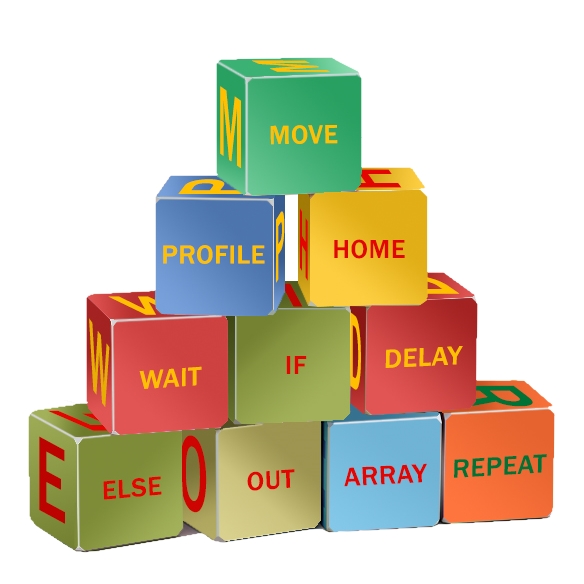Linear Actuators
A linear actuator is a device that builds upon displacement and linear motion and is derived from a supply of energy that is readily accessible. The linear actuator does so in linear approach that goes against the revolving technique that is used with the rotation of an electric motor. There, in essence, exists a number of diverse ways in which this linear movement could be accomplished with a number of singular cases in points.
Currently there are a number of different varieties of the linear actuator on the market. These include hydraulic actuators, mechanical actuators, piezoelectric actuators and electro-mechanical actuators. The mechanical actuator at the very least operates within the proximity of revolving action of a managing button. It may not at all times necessitate a knob but may vary with a handle into linear motion by employing bolts exclusively, or both bolts and cogs. The button of the linear actuator is attached to these exclusively, or gears. A good example would be the screw jack.
The second type of linear actuator is the hydraulic actuator. This type of linear actuator can also be referred to as a hydraulic cylinder and essentially encompasses a hollow canister that contains a piston that is put into it. Both planes of the piston of this linear actuator are interchangeable pressurized to make sure that the actuator ultimately accomplishes the required linear dislodgement of the piston and consequently the unit linked to the piston device. The hydraulic pump is a classic example of this type of linear actuator. The third linear actuator type is the Electro-mechanical actuator. In many ways this type of actuator is very similar to the mechanism of the aforementioned mechanical actuator. The difference is where the managing button is substituted by means of a motor that runs on electricity.
The above mentioned varieties of the linear actuator possess their own individual advantages and disadvantages. The mechanical actuator, for example, is not expensive and does not require additional apparatus to function and most importantly does not need any power supply. The only problem is that it needs mechanical effort in order to function. The electro-mechanical linear actuator on the other hand fuses both the mechanical attributes and employs an automated functioning ability as is also not expensive. The short coming with it is the constant wearing of the mobile elements due to their constant motion.
A linear actuator can be employed in every situation where one may require the assistance of a machine in order to haul or shift a weight/load. The linear actuator could also be referred to as a linear motor. In the market today, there is a wide variety in blueprint versions of the actuator that will often vary from one manufacturer to the next, each defining their own unique style. Additionally, the linear actuator will at many times vary from low to heavy duty. Even speeds will vary in the same way with some operating at very fast speeds while others are a bit slower.









